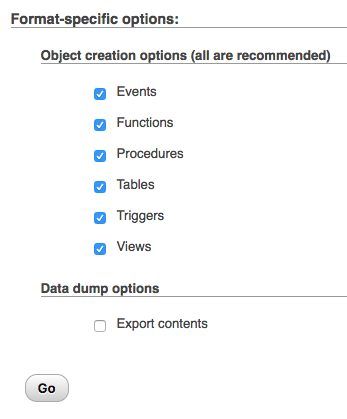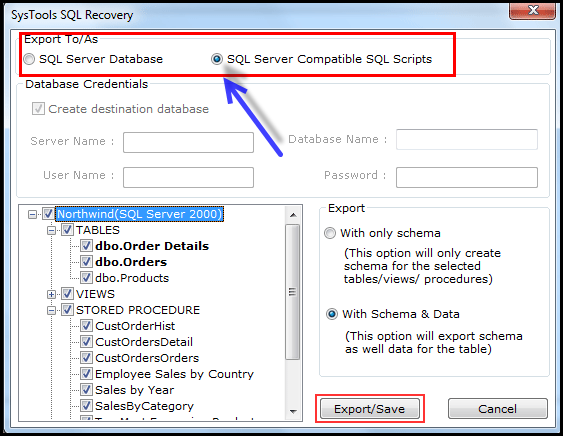

Running on all major operating systems, this database solution integrates with some of the most widely used database software on the market. These can then be pasted into the SQL Commander to define the settings for editor commands. DbVisualizer is an intuitive multi-database tool that enables developers, programmers, analysts, and database administrators to manage and consolidate databases across multiple platforms in one location. With its easy-to-use and clean interface, DbVisualizer has proven to be one of the most cost effective database tools available, yet to mention that. Copy Settings to Clipboard Use this choice to copy all settings to the system clipboard. DbVisualizer is a feature rich, intuitive multi-database tool for developers, analysts and database administrators, providing a single powerful interface across a wide variety of operating systems.Use this choice to save the settings to a file Use this choice to open the file chooser dialog, in which you can select a settings file Removes the saved defaults and restores the regular defaults Use this choice to initialize the settings with default values These are then loaded automatically when open an Export Schema dialog Use the Settings button menu to accomplish this: If you use a number of common settings, you can save them to individual files that you can load as needed. If you often use the same settings, you can save them as the default settings for this assistant. You can use some of the pre-defined DbVisualizer variables ( $$.sql becomes table_COUNTRIES.sql for a table named COUNTRIES. To select all objects, just check the checkbox for the schema itself at the top of the tree. You can check the checkbox for an object type to export all objects of that type, or expand a type node and select individual objects. In the Object Types area you select what to export. an open or new SQL Commander tab, with options for where in an open SQL Commander to insert the result, allows users to create database designs, which can be saved/loaded and exported to SQL scripts.You can control whether to use delimited identifiers and/or qualified names in the DDL and INSERT statements generated for the SQL format, using the controls in the Options area. The SQL and XML formats can be used for all objects to export the DDL, and for tables you can also choose to include the table data in these formats. The CSV, HTML, XSL and JSON formats are specifically for table data and are not supported for any other type of objects. You can export objects in one of these formats: CSV, HTML, SQL, XML, XLS (Excel), or JSON. Select an Output Format, Output Destination, Objects to export and Options,.Launch the Export Schema assistant from the right-click menu,.Select the schema node in the Databases tab tree,.For the (very) advanced database user it is also possible to extend DbVisualizer with new functionality. There will be a lot of junk log files, but you can clean old ones from time to time, so its not a big problem. In the following steps, run xrdb /.Xressources after modifying the X-resources file, then open a new terminal to test the changes. The fact that you continue with your previous session every time you run is really useful and improves productivity. Select 'Print-All Immediately' and release. From loading data, checking and developing SQL statements from both a functional and performance point of view.

Exporting and importing SQL Server Management Studio Save or print XML. Overall: DbVisualizer handles every aspect of database integration. DBVisualizer is a universal database tool for developers, analysts and database.

But ping only checks if the machine is alive, rather than my database connection settings which would be more useful.
#Dbvisualizer save export script how to#
In particular I find Ping Server button confusing because yu have filled in everything on how to connect with the database server. Nice explain plan integration gives a good overview of what happens with an SQL statement.Ĭons: Setting up your first connection is still difficult (although better than some versions back). The attached bash script runReport.sh runs a DbVisualizer export using the command line interface to run the sql file exportlinux.sql and sends the exported file as an email attachment. Excellent for seldom used statements.Įrror handling is really clear and to the point. Every possible SQL command is available via menus. Pros: I really like the integration with the database system (Mimer SQL in my case).


 0 kommentar(er)
0 kommentar(er)
